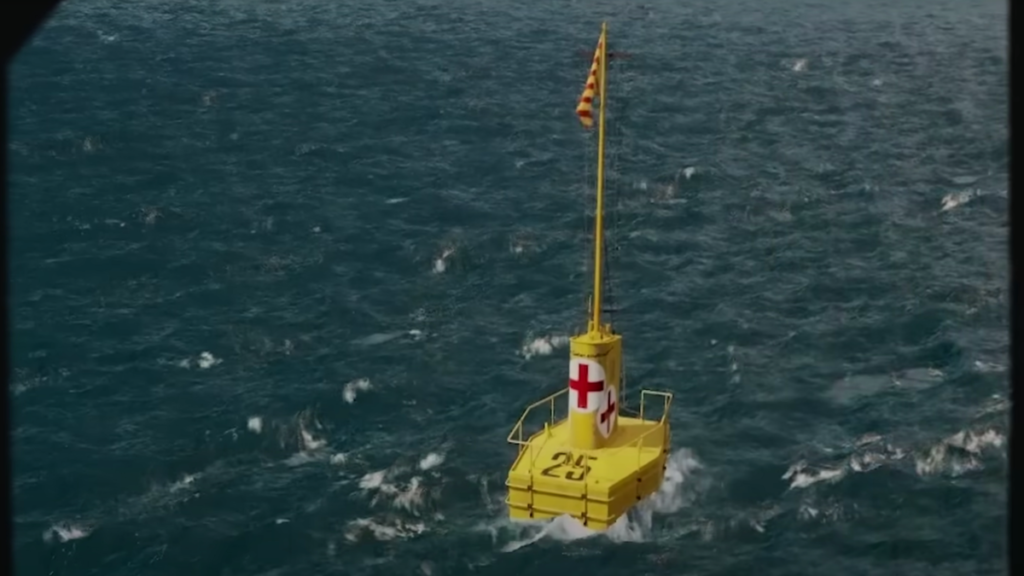This WWII Rescue Buoy Was A Floating Hotel For Downed Pilots

During World War II there were all sorts of technological innovations applied to a new kind of warfare, one that focused on destruction from the seas and skies. One of my favorite YouTube creators, a Scot named Calum, has covered the subject of one such fascinating failed innovation — the rescue bouy — at length, but now for the first time he gets to actually step inside the lone surviving example. Through the magic of the internet, we get to come along.
On Track In The 2024 BMW M3 CS | First Drive
Nazi Germany’s Luftwaffle air force pounded the Allied British during the Battle of Britain. The more they bombed, the more resolved the Brits became to stave off the enemy. The bitter fighting over the British Isle made things dangerous for Germany’s well-trained, and expensive, pilots. Germany wanted to protect its investment, so around 1940, the country began tethering hundreds of resuce bouys in the channel and into the North Seas along common travel routes.
These buoys weren’t simple bobbers knocking around the rough seas of the English Channel — they were mini hotels with everything a sea-stranded pilot might need. These floating hotels would serve as temporary safe houses for any German unlucky enough to find themselves in the drink, but lucky enough to find themselves near one such bouy. Warm, clean clothes, bunks, and even booze and board games were all available to the airmen who managed to scramble up bobbing yellow rescue bouys. Each bouy was made to accommodate four men, and size and shape varied.
Calum has a real knack for covering subjects that I find wildly interesting and, about a year ago, he covered the bouys at length, both the German version and the much later British bouys:
WWII Rescue Buoys – Secret ‘Floating Hotels’ of the English Channel
These bouys were thought to be all-but completely destroyed as a result of breaking mooring lines and washing away, getting swamped by waves, sinking due to accidents or Allied gunfire and other damage. Any survivors after the war were unceremoniously scrapped. However, Calum was able to locate one rescue buoy being restored by a WWII museum on the small island of Terschelling just off the coast of the Netherlands. Finally we get to see what staying in one of these rescue bouys might actually have been like. The retrieval and restoration of the bouy is just as fascinating as the actual history behind the bouys.
Inside a WWII Rescue Buoy: Exploring the Last Secret “Floating Hotel”
It’s an odd little slice of abandoned technology that tickles my brain in the right way.







